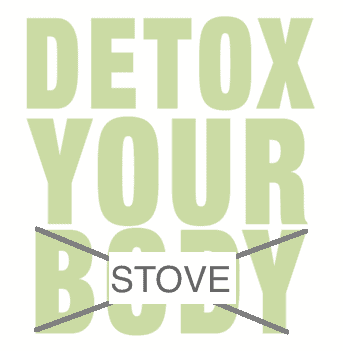 Autumn is quickly approaching, and many people are starting to think about using their stove or gas fire once again, to keep them warm over the cooler months. Stoves are different from many other household appliances in that they contain a fire, which is an extremely arduous function to perform.
Autumn is quickly approaching, and many people are starting to think about using their stove or gas fire once again, to keep them warm over the cooler months. Stoves are different from many other household appliances in that they contain a fire, which is an extremely arduous function to perform.
Here is a checklist to ensure your stove or fire is fit and ready to serve you over the coming months.
Servicing – Using the services of a chimney sweep is a great idea before anything else. A clean chimney can be a life saver, reduces the chance of a chimney fire, and helps improve the efficiency of your stove or fire. It also makes cleaning the stove easier, which you may decide to do on your own.
Over the summer months birds could have built nests, tiles could have cracked and debris could have found its way in to the chimney. An annual service for the stove or gas fire is highly recommended. A Gas Safe registered engineer will be able to strip the parts of the gas fire, and inspect and clean the various elements. A HETAS engineer will be able to service your wood burning stove.
Wood Supplies – Take the time to look at your stock of wood if you have a stove. Is the wood still in good condition? Check for any water leakage or contamination over the summer. Also check for any small animals that may have taken up residence in your wood stock! Also do you have enough wood? Estimate the amount of wood you have in stock, and buy more if needed.
NEVER try to burn unseasoned wood even as a temporary measure – use kiln dried or guaranteed pre-seasoned. The fire and chimney/liner damage inflicted by green wood is never worth the few pounds saving. If you have been seasoning the wood over the summer, check its moisture content with a moisture meter – lean more about moisture meters here.
Cleaning – It is always satisfying to take the time to clean your stove before you start using it, and after the chimney sweep has done his (or her) magic. With a stove it is important that you consult your instruction manual for guidance. Very often firebricks and grates can be lifted out for a thorough deep clean. A stove detox is a good idea this time of the year, which generally covers six steps:
Step 1 – Place some newspaper around the stove area, this is to ensure the carpets do not get dirty.
Step 2 – Scoop out any ash, which may have been left in your stove, since you last used it (probably back in March, if not earlier!) Be sure to dispose of your ash in a suitable place.
Step 3 – When cleaning the stove pipe, make sure you remove the baffle plate(s) and any firebricks. Allow any creosote to fall into the bottom of your stove. Your stove detox is really underway at this stage, and you should be well on your way to a cleaner stove for the winter. Using a wire brush will produce the best results.
Step 4 – A chimney sweeping log helps loosen soot and creosote in the chimney. It is optional but can make the job easier. If you have used the services of a chimney sweep, they could have already possibly done this, so check beforehand.
Step 5 – Now the hard cleaning is done, remove from the bottom of the stove. Use a vacuum to suck up whatever is left.
Step 6 – If the paint needs touching up then stove black or stove spray paint can be used to restore the outer casing to a factory fresh appearance at this stage. Be sure to mask off the glass and any nearby surfaces to prevent overspray
Step 7 – Finally once all the messy work is done, you can clean the glass with water and vinegar solution or proprietary stove glass cleaner. Remember to use lots of paper towels to ensure no residue is left.
Your stove or gas fire is once again ready to serve you, to keep you and your family warm over the coming cold months.








